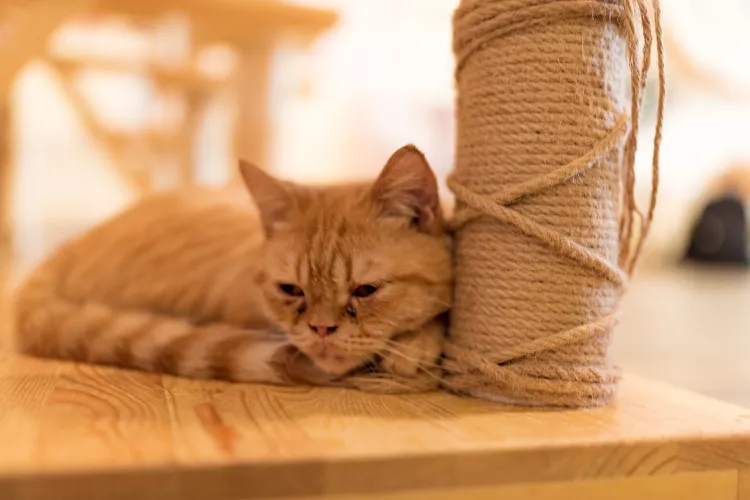
If you notice a lump on your cat, a fibrosarcoma is one of many possible causes. A fibrosarcoma is a type of soft-tissue sarcomas, a group of tumors that most commonly comes from soft tissues like fat, nerves, blood vessels, muscles, or tendons. Fibrosarcomas are rare cancerous tumors that typically develop on or under a cat's skin. The lump will likely be located on the hip, back, or shoulder blades and will be hard to the touch. Sometimes these may develop around injection sites. In the beginning, the lump won't be painful, but if untreated and metastasized, your cat will become very sick.
Learn more about what causes these soft-tissue tumors in cats and common treatment plans.
A fibrosarcoma is a type of cancerous, soft-tissue tumor that can occur in cats. Soft tissue sarcomas usually form within connective tissue, muscle, or fat under a cat's skin but can also develop in the mouth, nasal passages, and rarely on the spleen. The term "sarcoma" accounts for several different types of tumors. These tumors can grow quickly but, more often than not, are slow to develop. Most fibrosarcomas are very invasive in local tissues, but the risk of spread to other organs is relatively low. Even high-grade, advanced tumors metastasize in only 25% of cats.
Injection-site sarcomas often form at a place on your cat's body where a vaccine has been given. Though the reason for this isn't entirely clear, studies also show that in some cats, the process of receiving any substance into the skin is enough to induce inflammation related to the development of fibrosarcoma.
The clearest indication of fibrosarcoma in a cat is the presence of a lump below the skin. There can be other types of lumps besides sarcomas. Inflammation and swelling can occur at the site of vaccines as the body mounts a local immune response that may not be a type of tumor but should be monitored carefully, and checked by a veterinarian if still present four weeks after vaccination. Lumps can vary in presentation and are sometimes accompanied by other symptoms.
A lump under your cat's skin is the best indicator of possible fibrosarcoma. A fibrosarcoma lump is firm and usually feels fixed to the tissue below the skin. The mass is likely not painful to your cat but can become infected and ulcerated if untreated. These lumps commonly occur at vaccine sites, so pay attention to growths at areas on the cat's body where vaccines have been administered, such as the shoulder blades, hips, limbs, and tail.
Sometimes, fibrosarcomas can develop in a cat's oral tissue, and the masses can break open and bleed. Cats with oral fibrosarcoma may experience tooth loss, excessive drooling, and inability to eat.
Fibrosarcoma can form in a cat’s nasal passages, which can cause congestion, sneezing, and difficulty breathing. This can eventually cause a nasal discharge that may or may not have a blood-tinged appearance.
If fibrosarcoma has metastasized or is not treated, your cat will likely exhibit systemic signs beyond the lump, such as lethargy, decreased appetite, difficulty breathing, or pain. Without the presence of a lump, these symptoms are not necessarily related to cancer. Splenic fibrosarcoma typically goes undetected until the mass ruptures and causes internal bleeding. This may cause a sudden onset of pale gums, rapid heart rate, weakness, and collapse. The abdomen will begin to appear bloated as the internal bleeding continues.
There are several suspected causes of sarcomas, but there is usually no single explanation, like most types of cancer.
To properly diagnose your cat's growth, your vet will perform a physical exam and administer tests like chest x-rays, bloodwork, CT scans, and biopsies. Typically, the diagnosis begins with a fine needle aspirate, when a needle is inserted into the mass to obtain a cell sample for evaluation. Depending on the stage of the cancer, your vet will determine the best diagnostic plan for your cat.
Treatment for fibrosarcoma and other soft tissue cancers usually necessitates surgery, which may be followed by radiation therapy or chemotherapy. Mass removal surgery isn't always effective in removing cancer entirely because of the extent of the invasiveness of the tumor. Often, amputation is the best method for guaranteeing the complete elimination of cancer. Even when surgery is effective, some vets recommend proceeding with chemotherapy for additional protection, though the most effective type of chemotherapy hasn't been fully established. If the fibrosarcoma has spread, it will be much more challenging to treat.
The prognosis for cats with injection site sarcomas varies based on the stage and spread of the mass. Typically, fibrosarcomas are difficult to treat, and a cure is unlikely. Like all cancer treatments, the earlier a tumor is detected and treated, the longer your cat is likely to survive. Without complete removal of the fibrosarcoma with surgery and radiation therapy, it is very likely to recur within a year. However, if the tumor is removed completely, there is a 50% chance that it won't come back, even after several years.
Because of the correlation between injections and sarcomas, it's beneficial to discuss which vaccines are necessary for your cat with your veterinarian. Following your veterinarian's recommendations for vaccines will help limit the potential of injection inflammation that could lead to fibrosarcoma. However, you should not avoid vaccinating your cat in general.
While not preventative of injection-site fibrosarcoma, the AAFP Feline Vaccination Advisory Panel recommends administering vaccines on a cat's lower limbs and tail limbs rather than the back or hips. This allows for the option of amputation if a fibrosarcoma does develop.
Some owners choose not to put microchips in their cats to avoid inflammation that may lead to an injection-site fibrosarcoma. There are alternatives to microchips like GPS tracking collars, but a microchip is still the most reliable way for others to identify your cat.
When a fibrosarcoma occurs, it is sometimes at a vaccine site. The relationship between vaccines and fibrosarcomas is not entirely understood, but there are steps you can take to lower the risk of a tumor developing.
The lump will be hard to the touch and immovable. Touching the lump won't hurt your cat, but it will become painful if left untreated.
Amputation, if possible, is the best way to ensure that cancer doesn't spread. Ideally, the fibrosarcoma will be located on a limb so that it can be amputated; otherwise, your vet will use a combination of removal and radiation therapy or chemotherapy.

Exploring the Different Types of Pet-Friendly Beaches
Are you looking for pet-friendly beaches? Learn about the different types of pet-friendly beaches, their locations, and tips for visiting them with your pet.
Exploring Pet-Friendly Wineries: Types, Locations, and More
Discover the different types of pet-friendly wineries, where to find them, and what to expect when you visit. Learn more with The Spruce Pets.
Why Is My Dog’s Eye Swollen?
If your dog's eye is swollen, she may need veterinary attention. The inflammation could be caused by allergies, an injury, or even a tumor.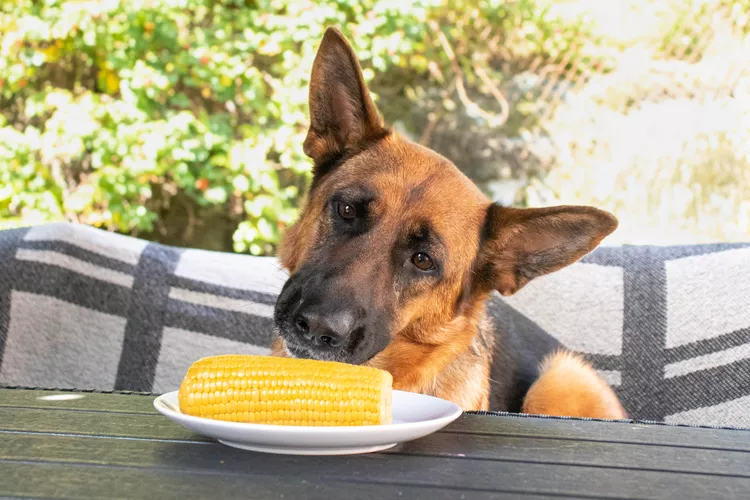
Can Dogs Eat Corn on the Cob?
Dogs love chewing on corn cobs, but this can cause serious harm. Learn about the dangers of corn cobs and find out what to do if your dog eats one.
Can Dogs Eat Papaya? What to Know About Sharing This Tropical Fruit With Your Pup
Papaya is safe for dogs in moderation, and it can even provide some nutritional value for them. However, too much can cause digestive upset, and it's not suitable to share with dogs with certain health conditions.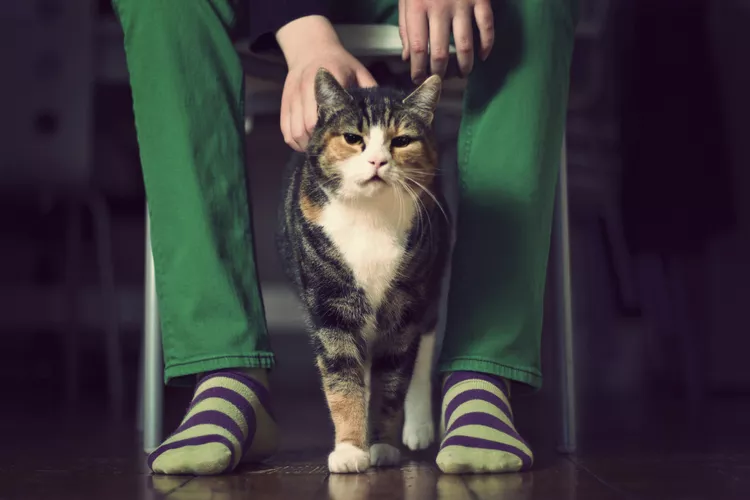
65 Irish Cat Names
Irish cat names can pay homage to historical places, local cuisine, famous Irish actors and musicians, or other wonderful aspects of the Emerald Isle.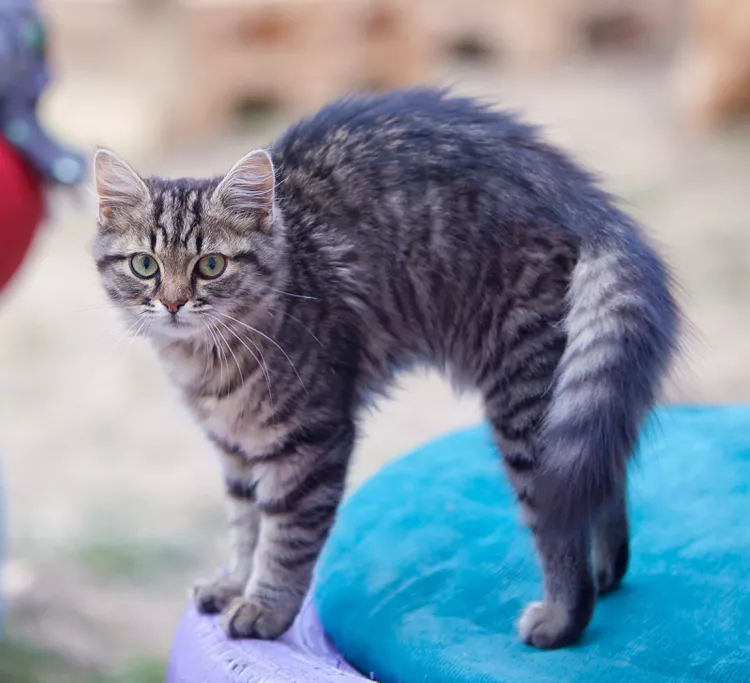
Feline Hyperesthesia Syndrome (FHS) in Cats
Rippling skin is more than dermal sensitivity in cats. It can be a sign of Feline Hyperesthesia Syndrome. Learn the causes, treatment, and prevention.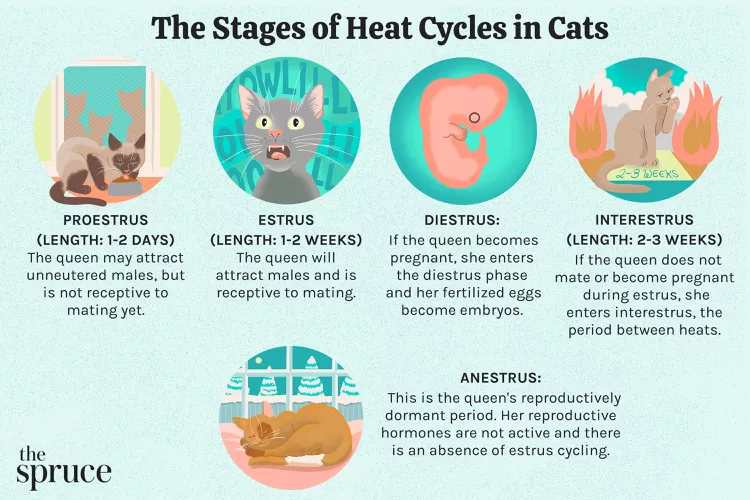
How Long Are Cats in Heat?
How long are cats in heat? Learn about the heat cycles of cats, also called estrus, as well as the reasons you should spay your cat.
Can Dogs Eat Raw Chicken Feet?
What are the potential health benefits of chicken feet for dogs? What are the risks?
Is Eucalyptus Safe for Cats?
Many products containing eucalyptus are not safe for cats, and it is important to be aware of the risks to your cat.
What You Need to Know About Homemade Cat Food
If you want to cook for your cat, make sure to read about the risks associated with homemade diets for cats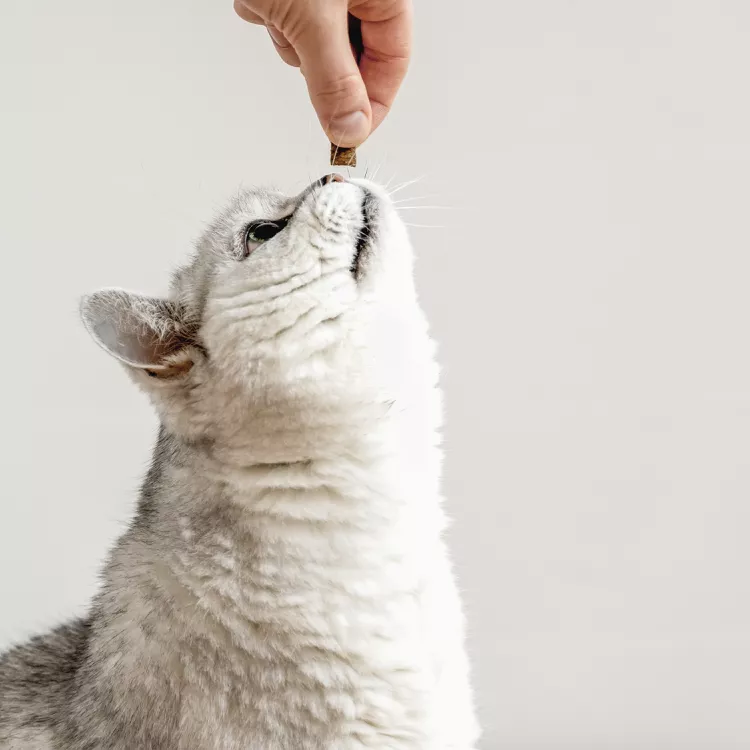
Can Cats Eat Peanut Butter?
Peanut butter is not toxic to cats, but it might not be the best choice of treat for them.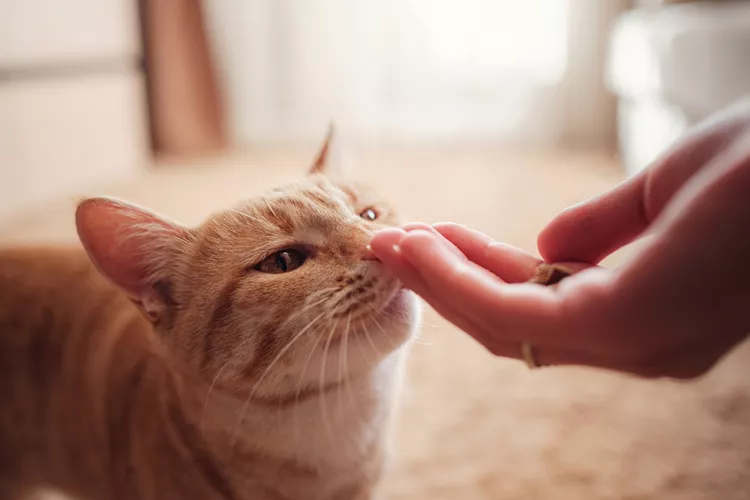
Can Cats Eat Cheese?
Can cats eat cheese? Is it healthy for them? How much can they eat and what should you do if you fear your cat has eaten too much cheese?
8 Flat-Faced Cats with the Cutest Smooshed Faces
These flat-faced cat breeds have a distinct and adorable appearance. Learn about their origins and traits, and the potential health risks tied to their unique facial structures.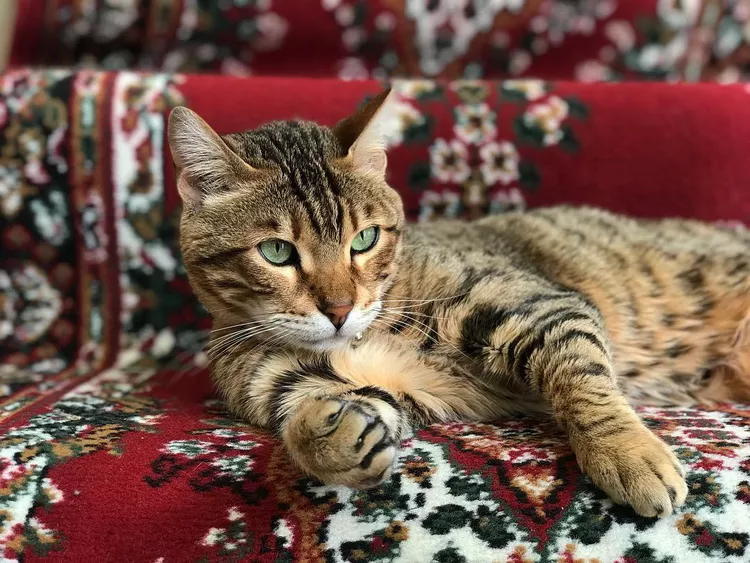
Pictures and Facts About Bengal Cats and Kittens
Bengal cats are a cross between wild cats and domestic cats. Learn more about what they look like and pictures of this beautiful spotted breed.
Top 10 Big House Cats
Larger cat breeds, like Maine coons and savannahs, deserve just as much love as their petite counterparts. These big house cats tip the scales.
Cairn Terrier: Dog Breed Characteristics & Care
The cairn terrier is a spunky, affectionate, and intelligent dog from Scotland. The breed became famous when one played Toto in The Wizard of Oz. Learn about the temperament, history, health, and care needs of the cairn terrier dog breed.
Reasons Why Dogs Grind Their Teeth
Some dogs grind their teeth. Learn why dogs grind their teeth and if it can be harmful. Find out what to do about teeth grinding in dogs.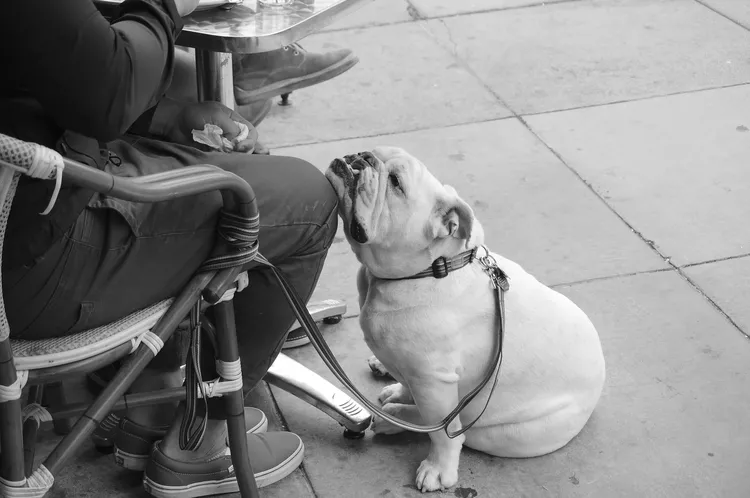
This Is Why Some Dogs Lean on People
Certain dogs really love leaning on their humans. What does this mean? Find out why dogs lean on people and if this is ever a problem.
Can Dogs Get Depression? How to Help Your Sad Dog
Can dogs get depression? Learn about the signs of depression in dogs and find out how to help your sad dog.